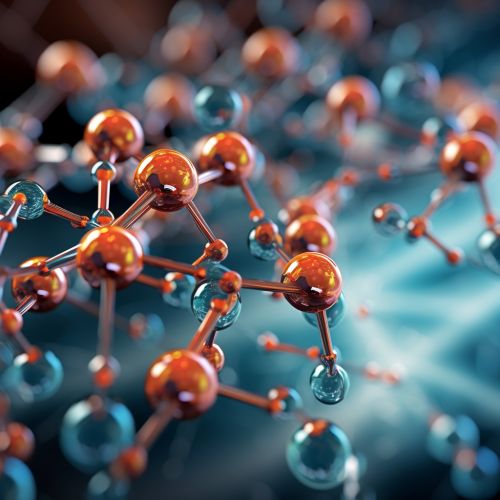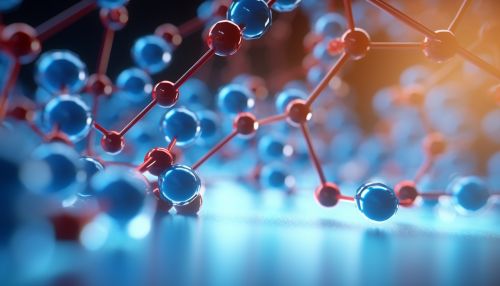Glycosylation
Introduction
Glycosylation is a critical biological process that involves the addition of a carbohydrate (glycan) to a protein or lipid molecule. This process is crucial for the proper functioning of proteins, as it can influence their stability, activity, and localization within the cell.


Types of Glycosylation
There are two primary types of glycosylation: N-linked and O-linked. The type of glycosylation is determined by the amino acid to which the glycan is attached.
N-linked Glycosylation
N-linked glycosylation occurs when a glycan is attached to the nitrogen atom of an asparagine (Asn) amino acid residue in a protein. This process is highly conserved among eukaryotes and is essential for protein folding, stability, and function.
O-linked Glycosylation
In O-linked glycosylation, a glycan is attached to the oxygen atom of a serine (Ser) or threonine (Thr) amino acid residue. Unlike N-linked glycosylation, O-linked glycosylation does not have a consensus sequence and can occur anywhere in a protein.
Glycosylation Process
The process of glycosylation begins in the endoplasmic reticulum (ER) and continues in the Golgi apparatus. The process involves several steps and requires the action of various enzymes.
In the Endoplasmic Reticulum
In the ER, the process begins with the assembly of a glycan precursor on a lipid carrier, dolichol phosphate. This precursor is then transferred to the nascent protein by the enzyme oligosaccharyltransferase (OST). This initial glycosylation event is essential for protein folding and quality control in the ER.
In the Golgi Apparatus
The glycosylated protein is then transported to the Golgi apparatus, where the glycan is further modified by the addition or removal of sugar residues. These modifications can result in a diverse array of glycan structures, each of which can influence the function of the glycosylated protein.
Role of Glycosylation
Glycosylation plays a crucial role in various biological processes, including protein folding, cell-cell adhesion, immune response, and pathogen recognition.
Protein Folding
Glycosylation aids in the proper folding of proteins. The attached glycans can act as molecular chaperones, helping the protein to fold into its correct three-dimensional structure.
Cell-Cell Adhesion
Glycosylated proteins on the surface of cells can mediate cell-cell adhesion, a critical process in development and immune response.
Immune Response
Glycosylation also plays a vital role in the immune response. Glycosylated proteins on the surface of pathogens can be recognized by the immune system, triggering an immune response.
Pathogen Recognition
Many pathogens exploit the host's glycosylation machinery to glycosylate their own proteins, helping them to evade the host's immune system.
Pathological Implications
Abnormal glycosylation can lead to various diseases, including congenital disorders of glycosylation (CDG), cancer, and neurodegenerative diseases.
Congenital Disorders of Glycosylation
CDGs are a group of rare genetic disorders caused by defects in the glycosylation process. These disorders can affect multiple organ systems and can result in a wide range of symptoms.
Cancer
Changes in glycosylation patterns are often observed in cancer cells. These changes can affect cell-cell adhesion and immune recognition, contributing to cancer progression and metastasis.
Neurodegenerative Diseases
Abnormal glycosylation has also been implicated in neurodegenerative diseases such as Alzheimer's disease and Parkinson's disease. The exact role of glycosylation in these diseases is still under investigation.
